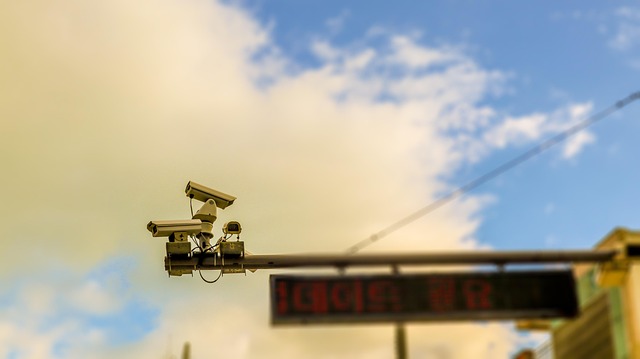Social media's "checking in" feature, while popular, poses privacy risks by sharing real-time locations and personal info, leading to potential threats like advertising, identity theft, and stalking. Users must be proactive about privacy settings to control information dissemination during checks, confining access to trusted connections.
In today’s digital age, social media platforms have become a double-edged sword, offering connection while posing significant threats to privacy during checks. This article delves into the impact of these platforms on personal information, exploring critical issues like privacy breaches and the delicate balance between sharing and safeguarding data. We’ll navigate the intricacies of social media’s role in exposing check details, discussing strategies for enhancing transparency and securing your digital footprint.
- Social Media's Role in Privacy Breaches
- Checking In: Sharing vs. Protecting Data
- Balancing Transparency and Privacy Settings
Social Media's Role in Privacy Breaches

Social media platforms have become a double-edged sword when it comes to personal privacy, especially during check-ins and sharing locations. While they offer a means for individuals to connect and share experiences, they also present significant risks to privacy. Many apps and sites collect vast amounts of user data, including location history, which can be exploited by malicious actors or sold without consent. Check-in features, often used to update friends and family on one’s whereabouts, inadvertently expose users’ real-time locations, potentially making them vulnerable to stalking, harassment, or even crime.
The convenience of sharing moments instantly has led to a culture of constant connectivity, where personal information is readily available. This has resulted in privacy breaches, with personal details being used for targeted advertising, identity theft, and other malicious purposes. As social media continues to evolve, users must be increasingly vigilant about their digital footprint, understanding the implications of what they share and where they share it, especially when it concerns their location during checks.
Checking In: Sharing vs. Protecting Data

When it comes to “checking in” on social media, the balance between sharing and protecting privacy during checks is a delicate act. Users often enjoy the thrill of broadcasting their locations, thoughts, and experiences, but this behavior can come at the cost of compromising sensitive data. Every check-in, whether on a popular travel app or a location-tagging platform, can inadvertently expose personal information to the public domain, raising significant privacy concerns.
The challenge lies in understanding the potential risks associated with sharing real-time locations and personal details. From revealing one’s daily routines to exposing home addresses, these seemingly innocuous checks can create opportunities for unauthorized access and surveillance. As social media continues to permeate our lives, it’s crucial for users to be mindful of their privacy settings and exercise caution when deciding what information to make public, especially during routine check-ins.
Balancing Transparency and Privacy Settings

Social media platforms offer a unique opportunity for users to share their experiences and connect with others, but this comes with implications for personal privacy during checks. While transparency is essential for building trust and fostering meaningful interactions, users also have the right to control their information. Therefore, finding a balance between these two aspects is crucial.
Users can customize their privacy settings on most social media sites, allowing them to decide what details they want to share and with whom. By understanding and utilizing these settings, individuals can maintain a level of privacy during checks while still engaging in online communities. This includes controlling access to personal information, such as location, posts, and messages, ensuring that only trusted connections can view sensitive content.
